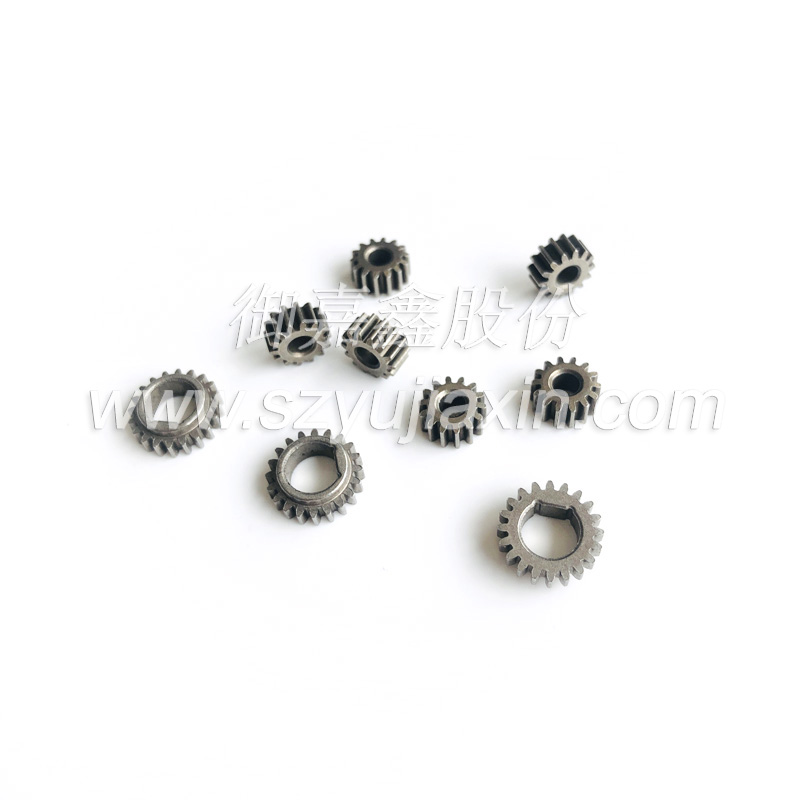Powder metallurgy is an emerging technology, but it is also an ancient one. According to archaeological data, around 3000 BC, the Egyptians used carbon to reduce iron oxide in a bellows to obtain sponge iron, which was then forged into dense blocks at high temperatures and hammered into iron devices. In the 3rd century, Indian blacksmiths used this method to manufacture the "Delhi pillar", weighing 6.5 tons. At the beginning of the 19th century, a process emerged in Russia and Britain, in which platinum powder was cold pressed, sintered, and then hot forged to obtain dense platinum, which was then processed into platinum products. After the emergence of the platinum smelting method in the 1850s, powder metallurgy technology ceased to be applied, but it laid a good foundation for modern powder metallurgy technology. It was not until 1909 that powder metallurgy developed rapidly with the emergence of Kulich's tungsten filament for electric lamps. The powder metallurgy industry in China has developed rapidly since 1958, playing an important role and making positive contributions in agriculture, industry, national defense, and technology. What is powder metallurgy? What is the production process for its products? What are the advantages and uses of it?
Powder metallurgy is an industrial technology that produces metals or uses
metal powder (or a mixture of metal powder and non-metal powder) as raw materials, and then shapes and sinters them to manufacture metal materials, composite materials, and various types of products. The powder metallurgy method has similarities with the production of ceramics, so it is also called the metal ceramic method.
The basic process of powder metallurgy products: the metal or gold powder that is first prepared is pressed into a mold and then sintered and solidified at a temperature below the melting point, which is the manufacturing process of sintering into metal products or metal billets. Compared to ordinary smelting methods, powder metallurgy has a more uniform, delicate, and consistent composition of metal materials with the same composition. This is reflected in the material properties, such as higher wear resistance, plasticity, toughness, and corrosion resistance, more reliable materials, and longer service life.
Powder metallurgy technology has the advantages of rapid forming and material saving, and has become the key to solving new materials. It mainly has two prominent advantages: (1) it can manufacture materials and products that cannot be manufactured or are difficult to manufacture using other processes, such as porous, oil containing, sweating, shock absorption, sound insulation and other materials and products, tungsten, molybdenum, titanium and other refractory metal materials and products, and metal plastic, bimetallic and other composite materials and products. (2) It can directly manufacture products that meet or are close to the size requirements of the finished product, thereby reducing or eliminating mechanical processing, with a material utilization rate of over 95%. It can also replace copper with iron in some products, achieving "energy saving, material saving", and even more environmentally friendly, which can improve labor productivity.
Due to its significant technological and economic advantages, powder metallurgy is widely used in the national economy. It can be said that there is currently no industrial sector that does not use powder metallurgy materials and products. Powder metallurgy is mainly suitable for the production, research, and application of spare parts in the automotive manufacturing industry, equipment manufacturing industry, metal industry, aerospace, military industry, electronic appliances, hardware tools, medical machinery, instruments and other fields.

